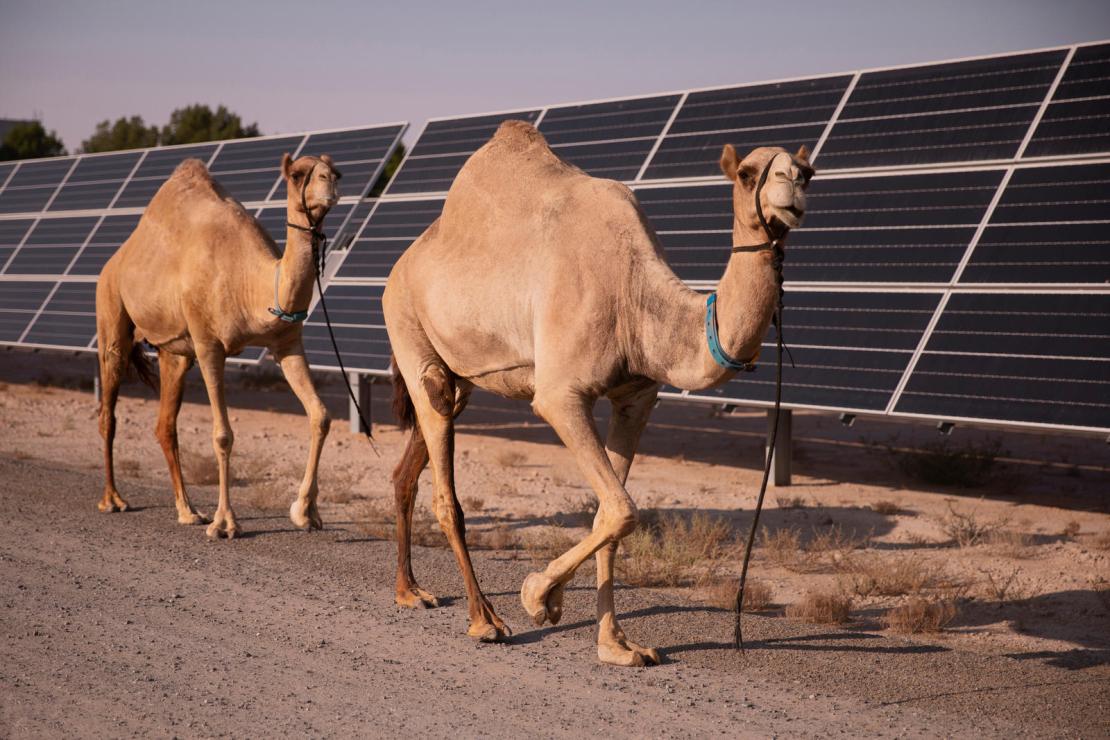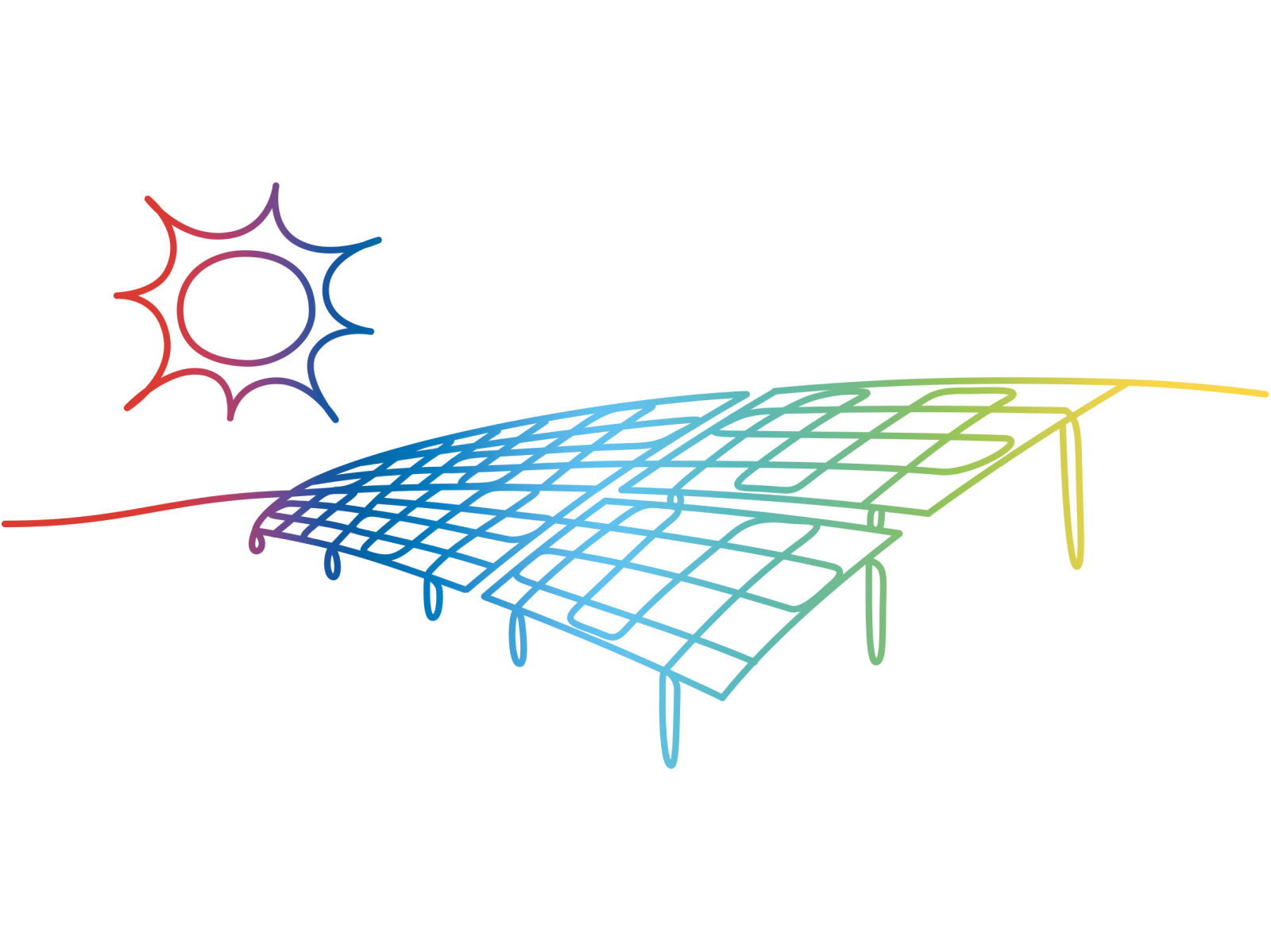Location: United Arab Emirates
Partners: TotalEnergies, Camelicious
Main activity: Distributed solar power generation
Commissioning: 2021

TotalEnergies, which has been active in the United Arab Emirates for more than 80 years, was selected to solar-power one of the region’s emblematic operations: the Camelicious camel milking facility. Camelicious, near Dubai, is the world’s first solar-powered dairy farm today.
A high-tech and non-conventional solar power project
Camelicious, one of the largest camel milking facilities worldwide, is near Dubai. It spans 5,200 sqm, is home to more than 8,000 she-camels and is one of the biggest exporters of camel milk, principally supplying the food and cosmetics industries.
Camelicious approached TotalEnergies as part of its sustainable development drive. In a region where demand for energy is particularly high, the goal was to set up a solar system to power production processes with renewable energies.
TotalEnergies came up with a made-to-measure solution to build a ground-based solar power plant that now supplies 80% of the dairy farm’s energy requirements. It has more than 9,200 photovoltaic panels with trackers to follow the sun throughout the day and thereby maximize electricity production. The panels also have a high-efficiency automatic cleaning system.
Supporting our customers’ efforts to reduce their carbon footprint
The Camelicious project is a perfect illustration of our strategy to partner up with our customers on their energy transition journey. With this kind of decentralized solar system, we provide our customers with the energy they need to operate and at the same time lower their energy and environmental costs.
Solar-powering this farm will avoid about 3,000 metric tons of CO2 emissions a year—the equivalent of planting some 80,000 trees.






